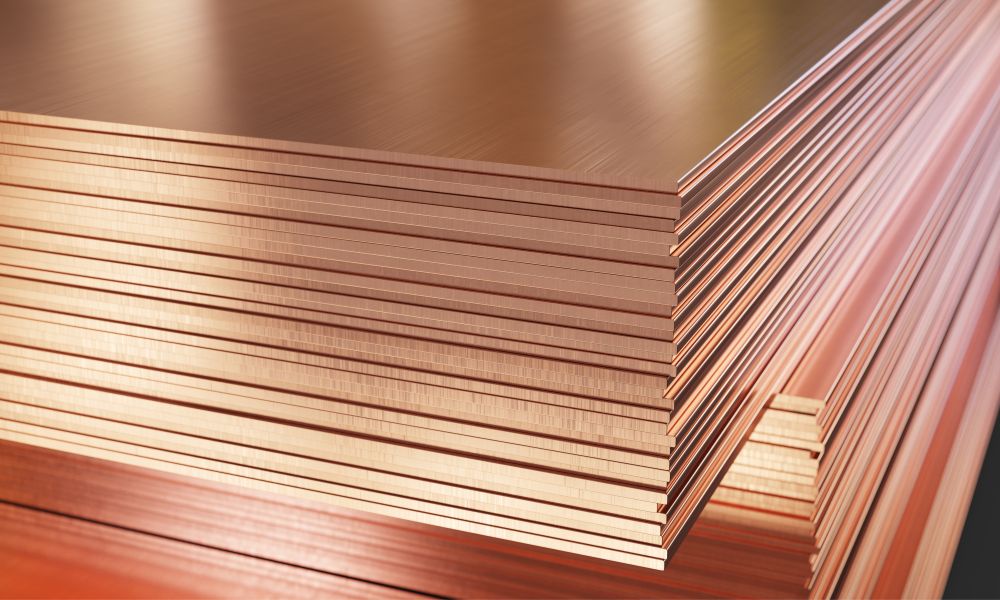The Differences Between Brass and Copper

Two metals that often get confused with one another are brass and copper. The educated metal worker might be able to spot the differences within seconds, but the layperson might struggle to find the discrepancies. We’ll teach you the differences between brass and copper so that you’ll no longer use the terms interchangeably.
Brass
Brass is an alloy composed of two or more metals. It mostly consists of copper and zinc, with traces of tin often present. Brass may vary in color and quality depending on the relative amounts of copper and zinc present in it. It may look anything from pale yellow to a drab shade of gold. Due to its resilience and malleability, you can find brass often in plumbing, mechanical parts, and musical instruments. Since it looks like gold, you’ll see brass in décor pieces as well.
Copper
The element copper is a part of the metal group of the periodic table. People mine it from the ground and use it to make brass and bronze. Copper is prominent in electronics and computing devices due to its excellent conductivity and strong heat resistance. Additionally, copper pipes are common in plumbing systems. Scrap yards place a high value on copper because of its widespread use and sustainability.
How Brass and Copper Are Different
Since brass contains copper in its composition, distinguishing between them may be challenging. Yet they’re distinct from one another thanks to several qualities. Use these guidelines to distinguish between copper and brass.
- Color: Brass generally has a bright yellow-golden hue, whereas copper is more reddish-brown.
- Composition: Since copper is an element, pure copper is the only ingredient in copper, although traces of other metals affect its purity. Brass is an alloy. Thus, it has traces of copper, tin, and zinc.
- Sound: It’s clear when you strike copper or brass metal. Copper is more of a baritone and low, while brass is a higher-pitched soprano.
- Durability: Copper is the heavier material and corrodes at a slower rate. Copper’s strength is its malleability, but it isn’t as durable.
- Magnetism: Theoretically, both materials shouldn’t have a magnetic reaction. Nevertheless, traces of iron in brass can elicit a response to magnetism. Copper, on the other hand, won’t react.
Learning the differences between brass and copper helps you see how unique each material is and decide which to use for any project you have. Before starting your next job, consider Thin Metal Sales as your brass and copper sheet manufacturer. There isn’t a big or small job that we can’t help you with. Veteran-owned and operated since 1976, we provide the highest-quality custom slit-to-width sheets.


